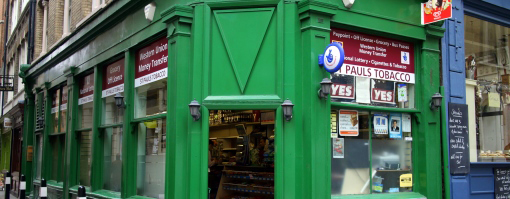New data has revealed that 11,000 shopping chain operators closed between January and August this year.
The Local Data Company and PwC found that around 5,000 shops opened during the period, leaving a net decline of 6,000 stores – almost double the decline during in the same period last year.
Coronavirus lockdowns were blamed for the trend, with York being the city worst hit, experiencing 55 net closures, followed by Durham with 43, Corby with 26 and Bangor with 21.
“What we have seen is an acceleration of existing changes in shopping behaviours alongside forced experimentation from COVID-19 restrictions,” commented Lisa Hooker, consumer markets leader at PwC.
“We all knew that consumers were shifting to shopping online or changing their priorities in terms of the things they buy, but what COVID-19 has done is create a step-change in these underlying trends to where they have now become the new normal.”
The report showed a steady rise of around 1,000 shop closures per year since 2017, when the total was 6,453.
Lucy Stainton, head of retailing strategic partnerships at Local Data Company, added: “Agile retailers who are able to innovate and adapt quickly, such as Pret launching its coffee subscription service, or e-bike retailer Pure Electric who have opened 13 stores this year, will be the most resilient as we head towards the end of a year which arguably has been the most challenging in recent history.”
Latest News
-
Deichmann rolls out new order fulfilment platform
-
River Island makes further headway on omnichannel transformation with Shopify migration
-
Southern Co-op partners with Deliveroo across 139 stores
-
Contactless card limit flexibility to be introduced in March 2026
-
Tesco strikes AI partnership with Mistral AI to deepen personalisation and speed analysis
-
Dutch supermarket Plus rolls out electronic shelf labels across 265 stores
Beyond Channels: Redefining retail with Unified Commerce
This Retail Systems fireside chat with Nikki Baird, Vice President, Strategy & Product at Aptos will explore how unified commerce strategies enable retailers to tear down these barriers and unlock new levels of operational agility and customer satisfaction.
The future of self-checkout: Building a system that works for consumers and retailers
In this webinar, industry leaders discussed what the future of self-checkout looks like and how retailers can make the technology work for everyone.
© 2024 Perspective Publishing Privacy & Cookies










Recent Stories